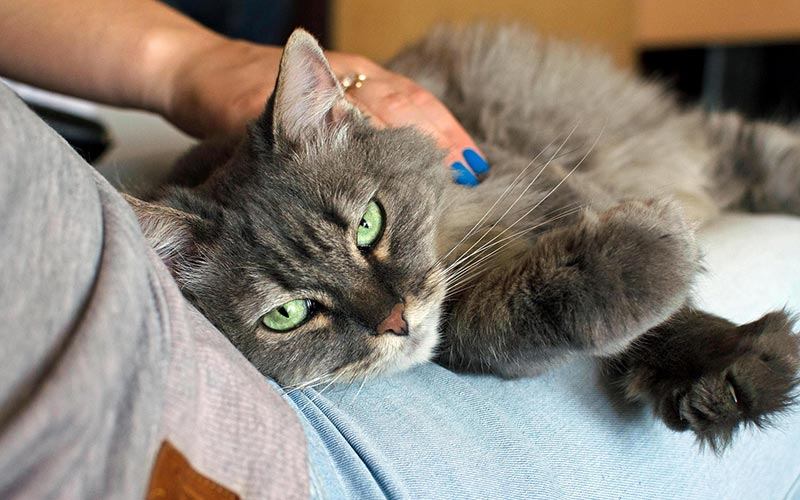First Consensus on Pet CPR Guidelines
For the past 50 years the American Heart Association (AHA) has been the leading brand for presenting guidelines for human Cardio Pulmonary Resuscitation (CPR). There is no such guidelines for pet CPR and First Aid. This has created an inconsistency throughout the veterinary medical field. When humans go into cardiac arrest there is a 10 percent chance of survival and greater if people are trained in CPR. With pets when they go into cardiac arrest there is virtually no survival rate.
This is why Penn State and Cornell University have teamed up through its veterinary research to find ways to standardize the pet CPR programs. They have started the Reassessment Campaign on Veterinary Resuscitation (RECOVER). This is in collaboration with the American College of Veterinary Emergency and Critical Care, and also with the Veterinary Emergency and Critical Care Society. They have brought together the first evidence based to resuscitate dogs and cats. The RECOVER initiative was developed by Manual Boller DVM MTR and Daniel J Fletcher, PhD, DVM both specialize in veterinary emergency and critical care. RECOVER is designed to set the standard for treating cardiac arrest in pets and improve the outcome.
The Journal of Veterinary Emergency and Critical Care has articles that are bringing to life on the new guidelines.
The need for pet CPR guidelines came to be a necessary when Dr. Boller and colleagues surveyed over 600 different veterinarians on how they treat pet emergencies. The problem was the fact that all emergency programs for pets were not consistent and varied greatly. Some of the veterinaries would range their compression 60-80 or others would do compression at 80-120. These are very different and is not very efficient for most pets.
The study has come to best conclusion for the best results for pet CPR with dogs you should do the following.
- Perform 100-120 chest compressions per minute of one-third to one-half of the chest width, with the animal lying on its side.
- Ventilate intubated dogs and cats at a rate of 10 breaths per minute, or at a compression to ventilation ratio of 30 to 2 for mouth-to-snout ventilation.
- Perform CPR in 2-minute cycles, switching the “compressor” each cycle.
- Administer vasopressors every 3–5 minutes during CPR
The other guidelines pertain to how the clinician is trained. That is why Pet4CPR is one of the main programs to teach our community and veterinarians on how to perform CPR and First Aid for our pets.
